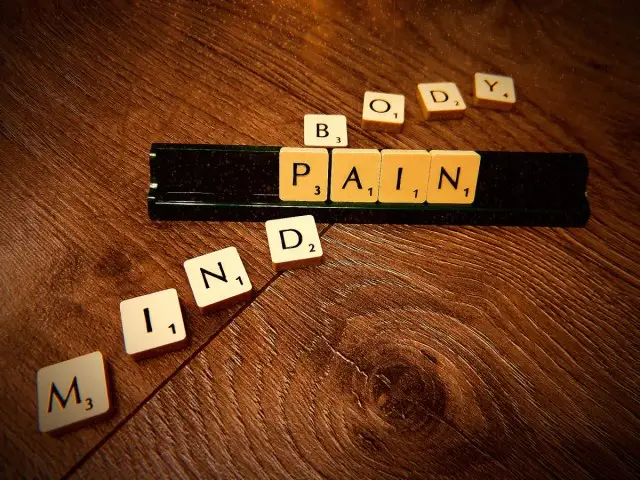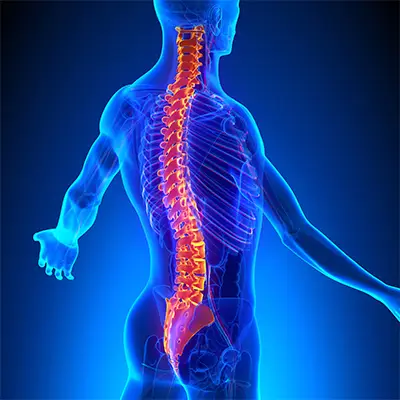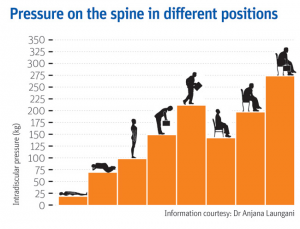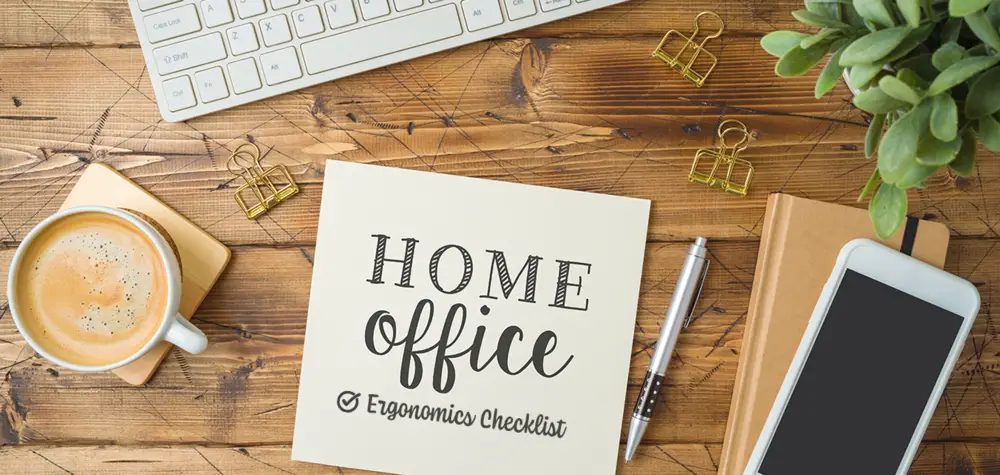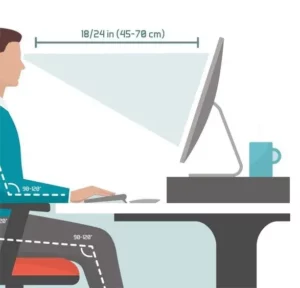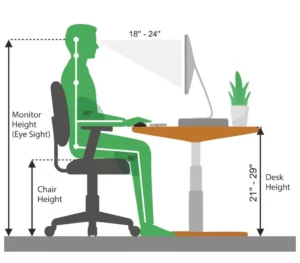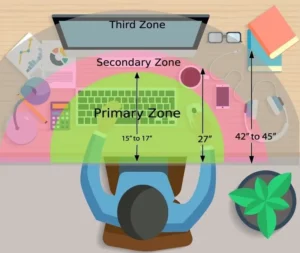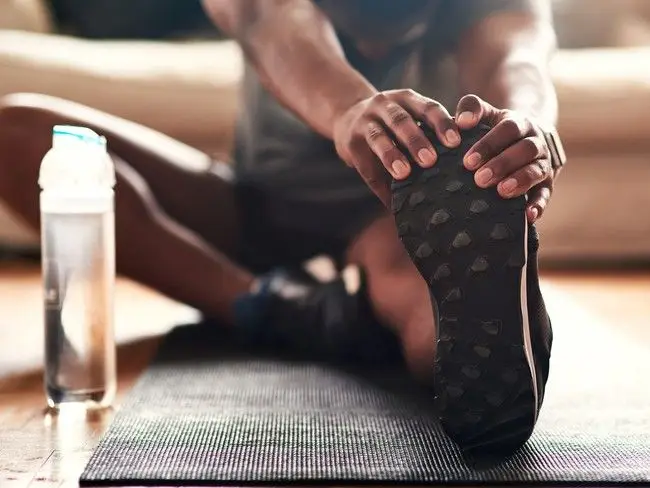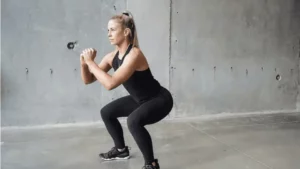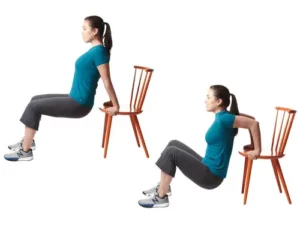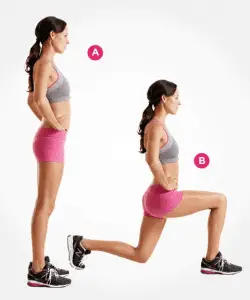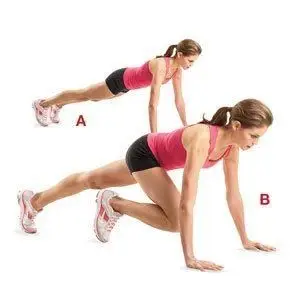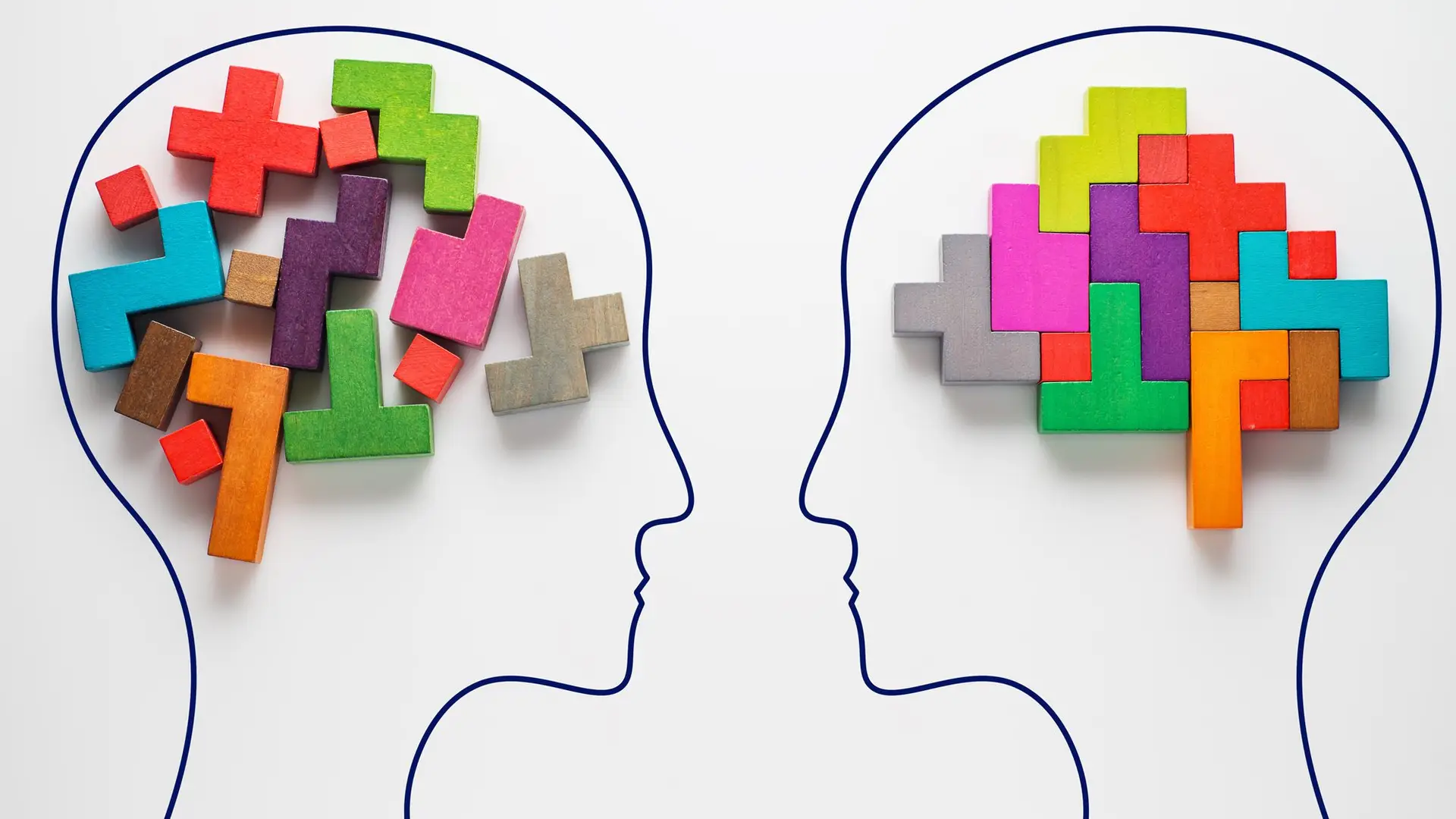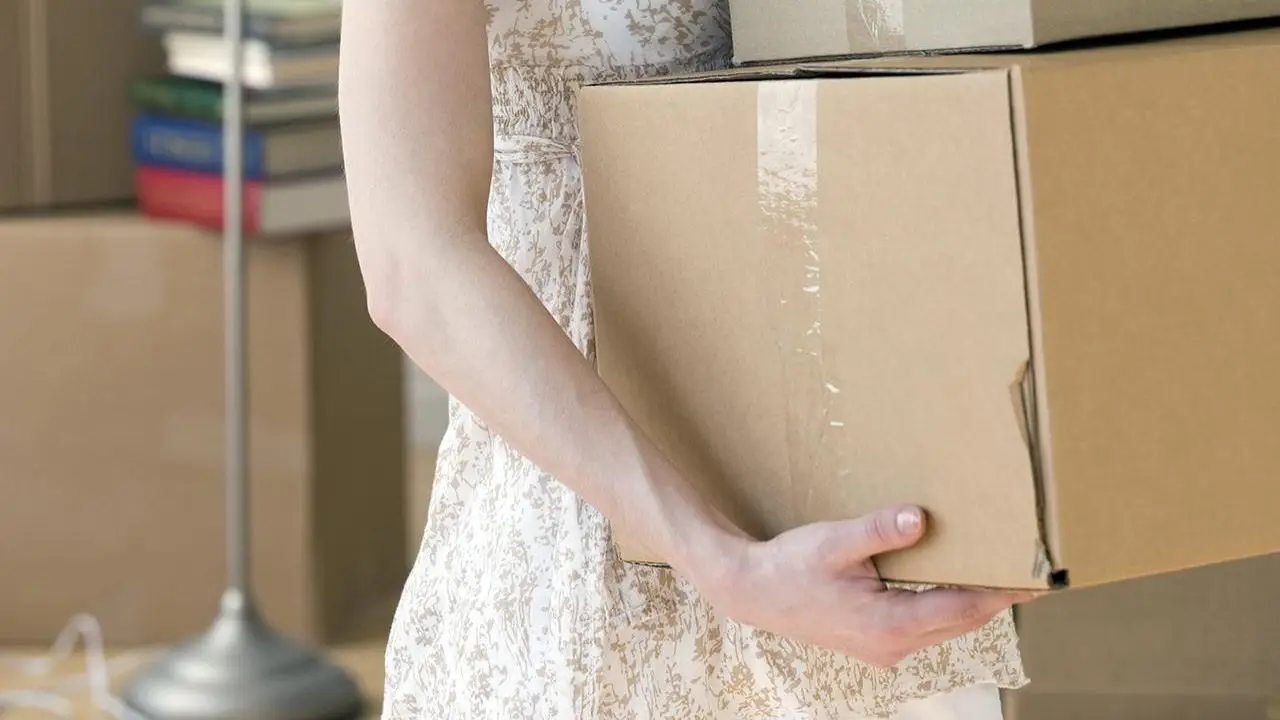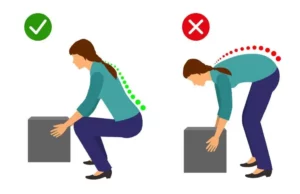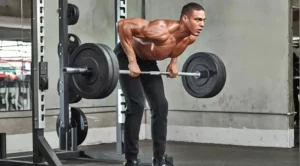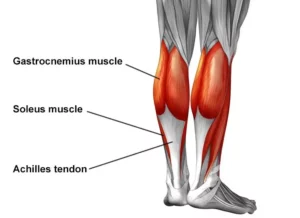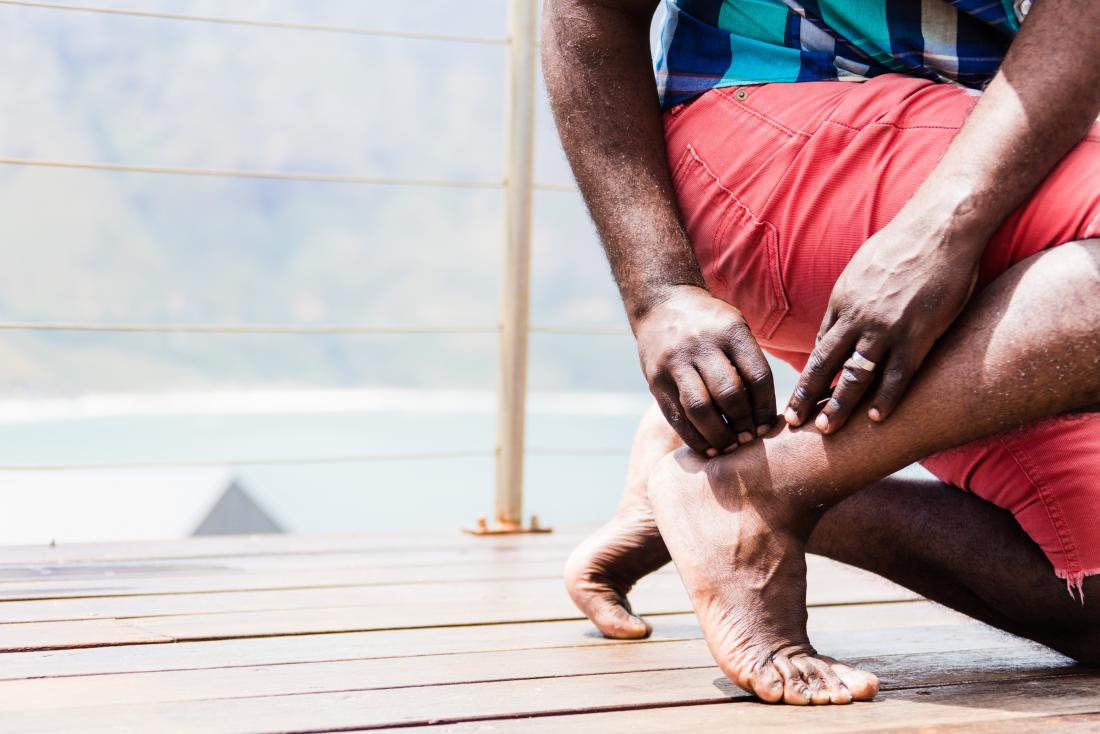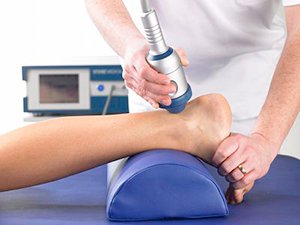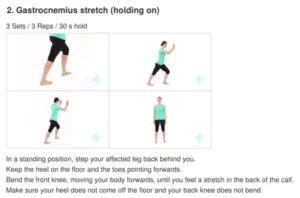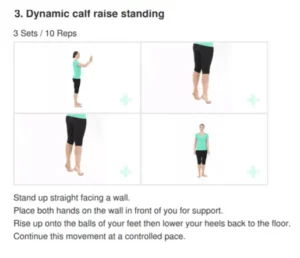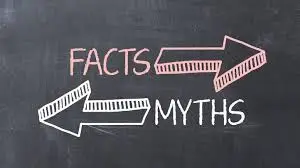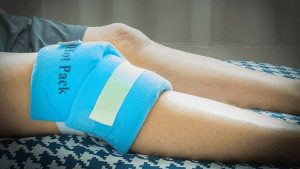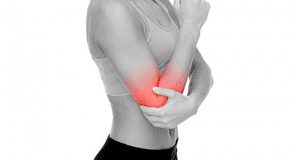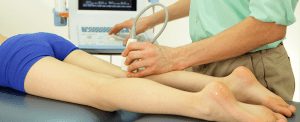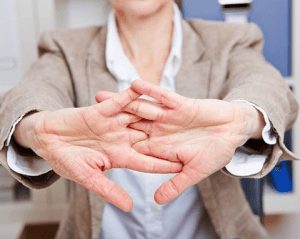We Want You To Understand Your Pain
What is pain?
Pain is the brain giving out a message to protect you . It is part of our bodies natural defense system.
When an event occurs that we need protecting from, our brains response is to increase our pain.
Example: Putting a hand on a hot pan. You feel pain, which is the brain giving you a warning signal to move your hand away.
Pain is all about protection, never about measuring the condition of the tissues in the body.
In this instance we experience a high level of pain to prevent a bigger injury eg. causing a burn.
This is our bodies way of protecting us
So what is happening in our brain?
-
We as human beings are amazingly adaptable. The longer we have pain, the longer our brains learn to produce pain.
-
It hurts in the tissues (back, knee, hand), but the problem is in the nervous system. There is an adaptation within our nervous system.
Long term pain or Chronic pain
Chronic pain is defined as persistent or recurrent pain lasting longer than 3 months
If you have had pain for more than 3 months, your system is now overprotective. Your nervous system and immune systems have learnt.

-
With chronic pain the buffer size is increased- therefore pain comes on quicker than before.
-
You get pain when you are not anywhere near being in danger.
Management of chronic pain:
-
Identify why your brain is protecting you – fear, anxiety, quality of movement, posture, injury
-
Reduce the size of your buffer – desensitization, reassurance, progressive load management
-
Understand your pain- know that it may not go completely, but can become more manageable
Medication:
-
Depending on the type of pain you are experiencing, painkillers/NSAID’s may be beneficial in the short term – speak to your GP/pharmacist
-
Note: the research does not show good outcomes for the long-term use of medication to treat chronic pain.
Occupational Therapy:
-
If you have been off work because of your pain – try to return to work asap. An OT can discuss and plan a gradual return to work plan for you
-
They can also assist by providing aids to helps with daily tasks such as getting out of bed, or putting on shoes.
Physiotherapy:
-
There is no quick fix for persistent pain. We can help guide you along your journey to recovery
-
With persistence and hard work you can learn to adapt and cope with your pain
-
Movement is king – it is critical for retraining the system
-
Movement gradually suppresses the pain system.
-
Finding any form of exercise or movement that you enjoy and gradually increasing the volume over time
-
Moving regularly- on your good days and your bad days
Self Help:
-
Meditation or mindfulness – Apps such as Headspace or Calm are easy to use and will guide you through the process

